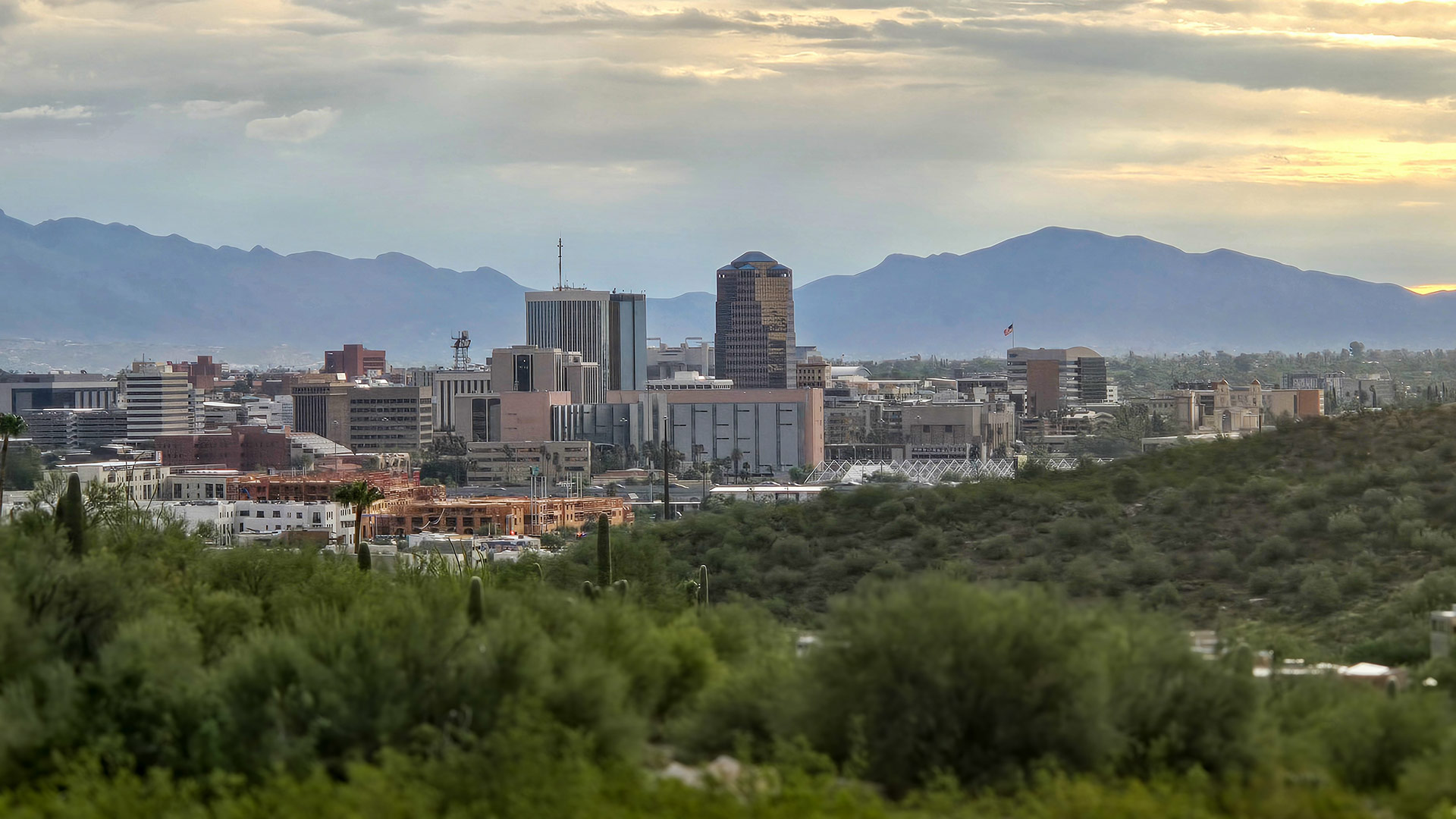 The downtown Tucson skyline as seen from the base of Sentinel Peak. August 2024.
The downtown Tucson skyline as seen from the base of Sentinel Peak. August 2024.
After years in the making, Mayor Regina Romero’s idea of a cultural heritage strategy is beginning to bear some fruit after the release of its first major report.
Somos Uno is a cultural preservation initiative that is working to better amplify the arts and history that make Tucson the old pueblo that is it. Romero says officials are working to catalogue the city’s “cultural ecosystem.”
“There’s an economic impact in arts, history, heritage, and culture,” Romero told AZPM. “Tucson’s core arts and cultural industries annually contribute $4.1 billion into the city’s economy. That’s important and so, how do we grow this?”
More than 1,700 public surveys completed, interviews with community leaders, and engagement workshops led the city to gather input from over 2,000 individuals. Key findings include a desire for more activities and spaces that bring communities together to highlight Tucson’s diverse heritage and a yearning for increased connection and belonging.
“It is the intersection of this deep history, diverse cultural traditions, and an ethos of environmental stewardship of natural resources that make Tucson truly one-of-a-kind,” the report reads. “There is a need to uplift the related sectors of history and heritage alongside arts and culture because of how integral and interdependent these aspects are to the city’s vitality and identity.”
While analyzing what other cities are doing to preserve their heritage, Chicago, Albuquerque, and San Antonio were identified as models that Tucson may be able to get best practices and lessons from.
“Albuquerque is very similar to Tucson, Arizona in terms of size, history, and culture as a southwestern city. San Antonio is the same thing. Chicago has a process that they looked at in terms of how it manages their arts, history, and culture,” Romero said. “We need to organize ourselves in a bigger way to not just enjoy what we have now, but see it grow. A part of the responsibility is for the city of Tucson to help in the process of seeing economic growth through the arts.”
Kelly Wiehe is the project manager of the initiative. She says that 11 months of public engagement, research, and trust-building led the committee to create a report that takes inventory of all of Tucson’s cultural assets while analyzing the infrastructure needed to build a city that capitalizes on its creative sector.
“So many thoughtful ideas around. How could the city help provide space, you know, like venues and studios? What could the city do to make it easier for culture bearers to bring their work to the community and for the community to access that work.”
Wiehe says the future of what Somos Uno looks like is still uncertain, but the goal is to build a better framework for Tucson to enhance and support the history, heritage, arts, and culture that come from it. The planning team will now work with the steering committee to create insights into priorities that will build a foundation for how the city should move forward in establishing an arts and culture roadmap. She expects recommendations to be made to the city by the end of the year.

By submitting your comments, you hereby give AZPM the right to post your comments and potentially use them in any other form of media operated by this institution.